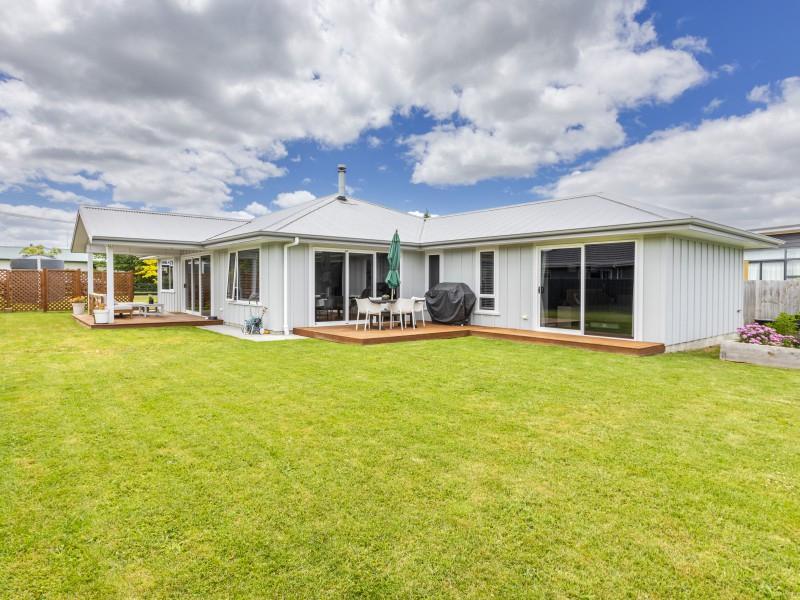Canterbury school celebrates new whare
By David Hill, Local Democracy Reporter
The opening of Rangiora High School’s new whare has been a long time coming, board of trustees presiding member Simon Green says.
The school opened the $1.8 million cultural learning centre, Te Ao Mārama, with a pōwhiri last week after a nine month build.
‘‘It was fully board funded and it has been a long time coming,’’ Mr Green said.
‘‘We are embarrassed it has taken this long, but we are proud we are here and we are able to provide this nice space for students to celebrate their culture.’’
Up until now, Te Reo and kapa haka lessons have been held in an old prefab building across the road from the main school site.
Green said the next major project for board is developing a new performing arts centre for the school and wider community, while it continues to invest in the whenua (school farm).
Principal Bruce Kearney paid tribute to former principal, the late Peter Allen, who had the foresight to employ a Te Reo teacher and establish a whānau classroom for Māori students back in 1990.
‘‘We have built this in a time when it is acceptable to build things like this, whereas Peter created something we didn’t have before.’’
He described the new whare as ‘‘simplistic and beautiful’’
‘‘It is all about form and function,’’ he said.
The new building will be used as a classroom, to host performances and for functions.
‘‘Come summertime this is where we will have concerts and performances for our music and drama students,’’ Kearney said.
‘‘So it will be a performing arts centre as well, until we can build a purpose-built one.
‘‘One of the first things I said post-earthquake was we’ve got to stop building things which only open on weekdays or on Sundays.’’
Kearney said the new whare will be a space for the community, as well as the school, and for all cultures.
The 176sqm building has a fully equipped kitchen.
It can provide a classroom for 30 student desks, seat up to 100 people for performances or 40 people for dining, and 20 people sleeping.
The name, Te Ao Mārama, which means the world of enlightenment, was gifted to the school by Te Ngāi Tūāhuriri Rūnanga.
■ LDR is local body journalism co-funded by RNZ and NZ On Air.
Best way to use leftovers?
I'm sure you've got some excess ham at home or cold roast potatoes.
What are some of your favourite ways to use leftover food from Christmas day? Share below.

⚠️ DOGS DIE IN HOT CARS. If you love them, don't leave them. ⚠️
It's a message we share time and time again, and this year, we're calling on you to help us spread that message further.
Did you know that calls to SPCA about dogs left inside hot cars made up a whopping 11% of all welfare calls last summer? This is a completely preventable issue, and one which is causing hundreds of dogs (often loved pets) to suffer.
Here are some quick facts to share with the dog owners in your life:
👉 The temperature inside a car can heat to over 50°C in less than 15 minutes.
👉 Parking in the shade and cracking windows does little to help on a warm day. Dogs rely on panting to keep cool, which they can't do in a hot car.
👉 This puts dogs at a high risk of heatstroke - a serious condition for dogs, with a mortality rate between 39%-50%.
👉 It is an offence under the Animal Welfare Act to leave a dog in a hot vehicle if they are showing signs of heat stress. You can be fined, and prosecuted.
SPCA has created downloadable resources to help you spread the message even further. Posters, a flyer, and a social media tile can be downloaded from our website here: www.spca.nz...
We encourage you to use these - and ask your local businesses to display the posters if they can. Flyers can be kept in your car and handed out as needed.
This is a community problem, and one we cannot solve alone. Help us to prevent more tragedies this summer by sharing this post.
On behalf of the animals - thank you ❤️











 Loading…
Loading…






















